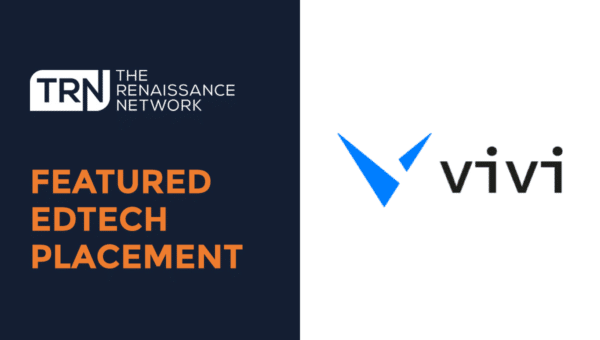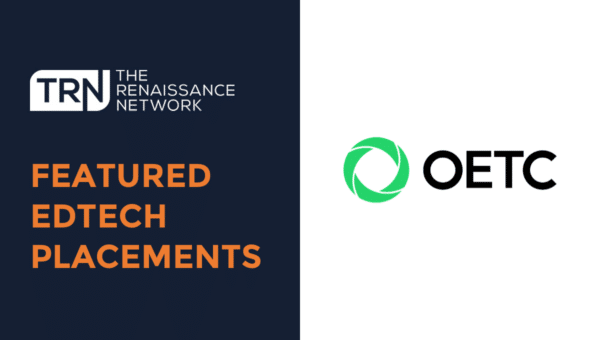As 2016 moves into its final quarter TRN has followed up the September newsletter on investments within the education market with education spending. To recap, globally the education market currently stands at $5.6 Trillion with growth estimate valued at $6.4 Trillion in 2017. The US market estimates will account for $1.8 Trillion. This shows that education is ready to spend, but how do you spot the trends and how do you understand were to focus your efforts? The Renaissance Network has highlighted spending trends for the US and Global education markets.
Global Spending
2016 has seen the global middle class drive education spending, with increases in the market expected in 2017. Participation in Higher Education, Distance Learning and Professional Training Programs have contributed to sizable markets developing in Latin America, Africa and the Middle East. Asia continues to establish a robust education market with the middle class now accounting for 66% of the worldwide total. This growth and increased spending is a result of two factors: individuals desire to improve personal education and employers need for more qualified workers.
Developing counties spending will continue to drive up the global education spend and US companies looking to target these markets, must have a business development team that understands the “why, how and what”, each country is trying to achieve and adjust accordingly.
US Spending
The US spending for 2017 will focus on the entire education vertical with mandatory initiatives for Preschool for All, Teaching for Tomorrow, and America’s Collage Promise receiving increased funding. In its current state the most recent data indicates $11,009 is spent on public education per student, however significant variation still exists across the US; New York spends roughly $20,000 per student, while states like Utah and Idaho only spend about a third as much. This variation has coincided with districts and schools being granted greater autonomy on decision-making, allowing establishments to search for greater choice. The request for proposal is also being dropped by more states and Innovation Zones and agencies are helping push deals through quicker. With the upcoming election spending habits, may once again change, but the goal to return to the global education elite will still remain resulting in a increasingly competitive education market.
Improving Equity, Opportunity and Preschool
2017 will see the government address the United States regression in Pre-K education. Unequal access to education starts early and too many children, especially those from low-income families, continue to lack access to the high-quality preschool needed to ensure a successful start at kindergarten. The government has made early learning a key focus for 2017 to address falling behind countries that provide quality preschool education, (The US currently ranks 25th in the world in enrollment of 4-year old’s). Only nine states serve more than half of four-year old’s with early learning education. Transformational new investments have been made to address inequity within preschool education with $75 billion in mandatory funding being invested over the next 10 years to reach all low- and moderate-income students.
The US education will also see increased spending on Equity and Opportunity with $1 billion in Title One funding being invested to help schools, districts and states meet the challenge of reaching high standards for disadvantaged students. Further spending will focus on deprived neighborhoods, minority incentives, support for English learners and streamlining assessments. These investments will provide important growth opportunities within an increasingly competitive US education market.
Venture Capital Takeaways and A market poised for Acquisitions
Revenue potential in education is growing, online course revenue has jumped 320%, the LMS market grew 40% and testing and assessment markets are as large as they have ever been. In the PreK-12 market revenue valuation totaled $8.38 billion. This potential has seen investment in K-12 companies within the US grow 32% in 2015. The influence of the $1.36 billion raised will be seen through 2016/17 with the market continuing to grow. 2016 thus far has seen a decline in funding, although this does not correlate with the increasing size of deals occurring, but could have an effect in the future.
This lack of investment has facilitated an education market poised for acquisitions. Large market size, rapid product development and increased customer expirations, have seen established players looking to protect their market share against growing innovative companies. Disruptive, new market entrants are seeking declining early stage investment are pursuing other funding opportunities increasing the potential for acquisitions of companies and their talent. This development within the education market will prompt greater competition for accessible talent.
Sources: Bertsman Educational Strategy, Department of Education


